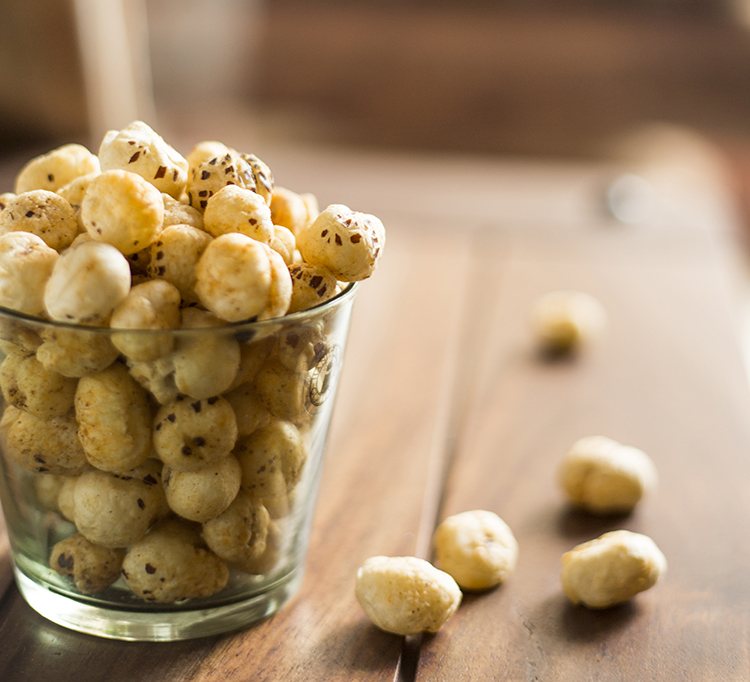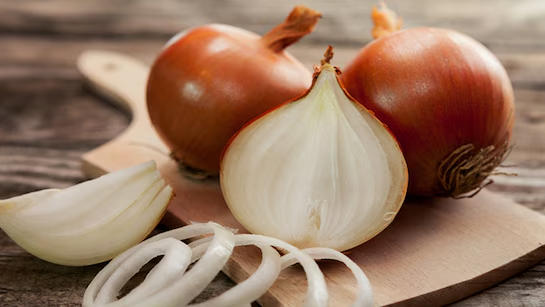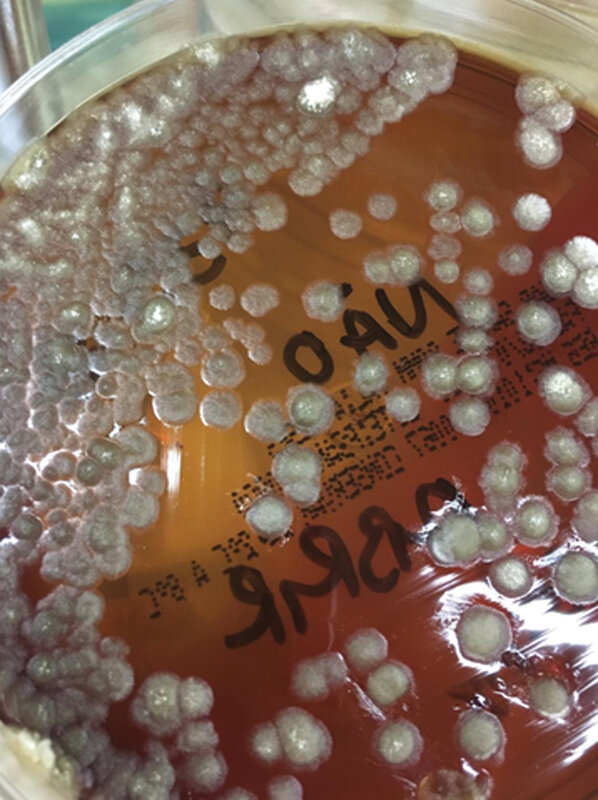Lower Cortisol Levels with a Cup of Green Tea! Here’s Why
In today’s fast-paced world, stress has become a constant companion for many. From work pressures to personal challenges, our bodies often find themselves in a heightened state of alertness, leading to the release of cortisol, the “stress hormone.” While cortisol plays an essential role in managing stress and regulating various body functions, prolonged or elevated levels can have adverse effects on health, including anxiety, weight gain, and immune system suppression. Fortunately, natural remedies like green tea may help manage cortisol levels effectively.
The Adrenal Glands: Cortisol’s Origin
Cortisol is produced by the adrenal cortex, the outer part of the adrenal glands located above each kidney. This hormone is released as part of the body’s natural stress response. The adrenal medulla, the inner part of the adrenal glands, produces “fight-or-flight” hormones like adrenaline and noradrenaline, which prepare the body to handle immediate threats.
Understanding the difference between these functions highlights the intricate ways in which our body manages stress and maintains balance.
Understanding Cortisol and Its Impact on the Body
Cortisol is a steroid hormone with crucial roles in the body. It helps regulate metabolism, supports immune function, and maintains the sleep-wake cycle. While these roles are essential, chronic stress can lead to prolonged high cortisol levels, which may cause adverse effects.
Is Cortisol Good or Bad?
Cortisol is a double-edged sword. In small, controlled amounts, it is vital for survival—helping you wake up in the morning, respond to stressful situations, and maintain energy throughout the day. However, in today’s world, where stressors like tight deadlines, exam pressures, financial concerns, or even missing a train are daily occurrences, cortisol levels often remain elevated for longer than intended, leading to potential health issues.
Common Effects of Elevated Cortisol Levels
- Increased abdominal fat and weight gain
- Sleep disturbances and insomnia
- Decreased immune function
- Higher blood pressure
- Anxiety and depression
Prolonged cortisol elevation affects not only your physical health but also your emotional well-being. Learning how to manage this hormone is crucial in today’s demanding lifestyle.
Green Tea and Its Potential to Lower Cortisol
Green tea has been extensively studied for its numerous health benefits, including its ability to reduce cortisol levels. Its unique composition of bioactive compounds, particularly L-theanine and catechins, plays a significant role in stress management.
1. L-theanine: The Relaxation Amino Acid
L-theanine, a rare amino acid found in green tea, promotes relaxation without causing drowsiness. It works by increasing levels of neurotransmitters such as serotonin, dopamine, and GABA, which collectively improve mood, reduce stress, and promote a sense of calm.
Research Insight: Studies have shown that L-theanine can help lower cortisol levels during stressful situations. For example, a study published in the Biological Psychology Journal demonstrated reduced cortisol production and enhanced relaxation in participants who consumed L-theanine.
Learn more about the science of L-theanine.
2. Catechins: Powerful Antioxidants
Catechins, such as epigallocatechin gallate (EGCG), are potent antioxidants found in green tea. These compounds reduce inflammation, oxidative stress, and cortisol production. They also protect cells from damage caused by prolonged stress.
Research Insight: A study in the Journal of Nutritional Biochemistry revealed that catechins can modulate the body’s stress response, helping to regulate cortisol levels.
Discover the antioxidant power of EGCG.
3. Green Tea and the Stress Response
Green tea supports stress management in more ways than one. Beyond its bioactive compounds, the act of sipping a warm cup of tea can activate the parasympathetic nervous system, which counteracts the fight-or-flight response and promotes relaxation.
Research Insight: A study published in the Journal of Clinical Psychopharmacology found that participants consuming green tea extract experienced lower cortisol levels during stressful tasks, making it a natural ally in managing stress.
Additional Health Benefits of Green Tea
In addition to reducing cortisol, green tea offers a wide range of health benefits:
- Improved brain function: The combination of caffeine and L-theanine enhances focus and cognitive performance.
- Weight management: Catechins boost metabolism and aid fat oxidation.
- Reduced risk of chronic diseases: Regular consumption lowers the risk of heart disease, Type 2 diabetes, and certain cancers.
- Improved immunity: Antioxidants in green tea strengthen the immune system.
Explore the full range of green tea’s benefits.
How to Incorporate Green Tea into Your Routine
To make green tea a part of your daily lifestyle:
- Drink 1-2 cups daily: Enjoy a cup in the morning or as an afternoon break.
- Choose high-quality tea: Opt for organic or minimally processed green tea for maximum benefits.
- Avoid sugary additives: Add a dash of honey or lemon instead of sugar for a healthier option.
Find premium organic green tea options here.
More posts
Conclusion
Green tea, with its powerful combination of L-theanine and catechins, provides a natural way to manage cortisol levels and combat the negative effects of stress. By incorporating green tea into your routine and adopting other stress-management practices like meditation, exercise, and balanced nutrition, you can support your mental and physical well-being.
However, it’s important to note that while green tea is beneficial, it is not a standalone solution. Chronic stress and elevated cortisol levels may require holistic intervention and, in some cases, professional guidance.
Learn more about managing stress and cortisol effectively.
Disclaimer
This article is for informational purposes only and is not a substitute for medical advice. Always consult a healthcare professional before significantly changing your diet or lifestyle.











